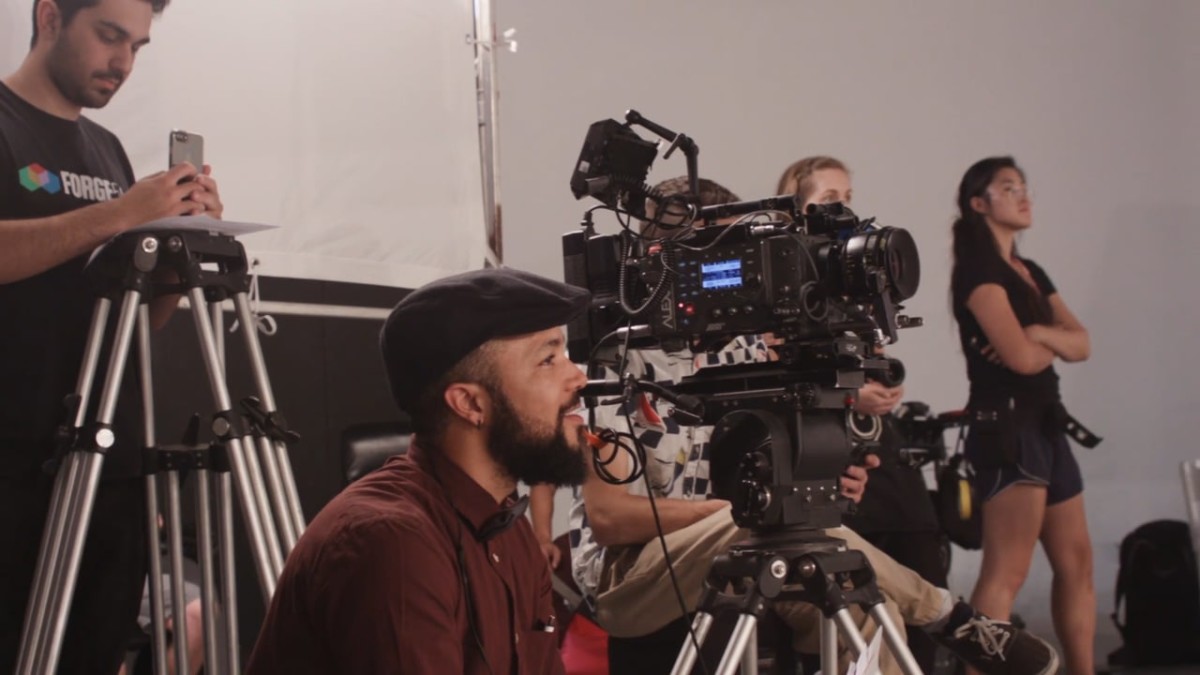The Art of Storytelling How Video Production Shapes Powerful Narratives
A story has the power to impact human emotions. It can lead people to accept original ideas and inspire them to take action. Like any other art, storytelling requires creativity, vision, and skill to perfect over time. It’s also a crucial aspect that sets vibrant brands apart from simple businesses and loyal customers from one-time stop-in shoppers.
Storytelling Techniques
A variety of storytelling techniques exist to enhance the depth and emotional impact of a story. Whether you are creating an advertising video or crafting your company's brand narrative, it is important to understand the key elements of storytelling.
Stories are used as tools for communication by people from all walks of life. Artists, journalists, educators and psychotherapists use storytelling as a way of solidifying abstract concepts and simplifying complex messages. One of the most common forms of storytelling is a personal narrative. People tell stories to share their concerns, joys and hopes with others. People also tell personal stories to entertain and motivate themselves.
An underlying theme is often the core of any story. The underlying theme can be anything from a commentary on societal issues to an exploration of universal truths. It is important to choose a relatable and inspiring theme to engage your audience emotionally. You can also layer your narrative with multiple 'loops' to enhance the narrative with different perspectives or explore sub-themes.
Character Development
A strong character arc is vital to the success of any story. Characters must be well-developed with a rich backstory, personality, and moral compass to make them relatable and identifiable. They should also be presented with clear conflicts, and a navigable plot so that audiences can follow along with them. To learn more about video production company dc, visit on hyperlinked site.
Stories are a go-to way to communicate complex information and ideas. Whether you are a teacher explaining an abstract concept to students or a brand attempting to make your product more recognizable and engaging to consumers, a story will help you convey important details that would otherwise be difficult to understand.

Using storytelling in your business can strengthen your connection with existing and potential customers by highlighting shared values and experiences. However, it’s crucial to use the right storytelling techniques for your business and ensure that critical elements such as plot, characters, setting, and conflict are well-developed. Otherwise, your audience will get lost and quickly lose interest in your message.
Visual Effects
Visual effects (abbreviated as VFX) have been used since the early days of cinema to make films more believable and interesting. They can be practical, like using props and special makeup to create different characters, or digital, which is the use of computer software to manipulate images for movie production.
Incorporated effectively, VFX can take your video storytelling to new heights. They can enhance emotions in your audience by putting them into a particular moment, and they can also help to highlight specific aspects of your brand or product.
Whether your aim is to educate or entertain, storytelling techniques are vital for video production. They can solidify abstract concepts and simplify complex messages. They can also help to build a relationship between you and your audience, making them more likely to interact with your content. They’ll be much more likely to buy your product than if they had simply read a bulleted list of data.
Sound Effects
Sound effects are an essential piece of a movie's overall audiovisual experience. They can help to add context and emotion, whether highlighting action like the zing of a sword sheathing or emphasizing movement like the thump of footsteps.
For example, a sudden sound effect of a dog barking in the middle of night can instantly set the tone for an entire scene; a string instrument's quick, sharp sound when a character jumps out at the audience can cause a shock; and ominous music with low booming noises can ramp up tension and build to a dramatic climax.
For marketing and explainer videos, using sounds can help to expand a video's narrative without the need for on-screen action. The low murmur of a crowd in a sports video can make viewers feel as though they are actually attending the game, while the sound of a car crashing can be used to demonstrate an off-screen crash if the filmmakers do not have footage to match.
Comments
Post a Comment